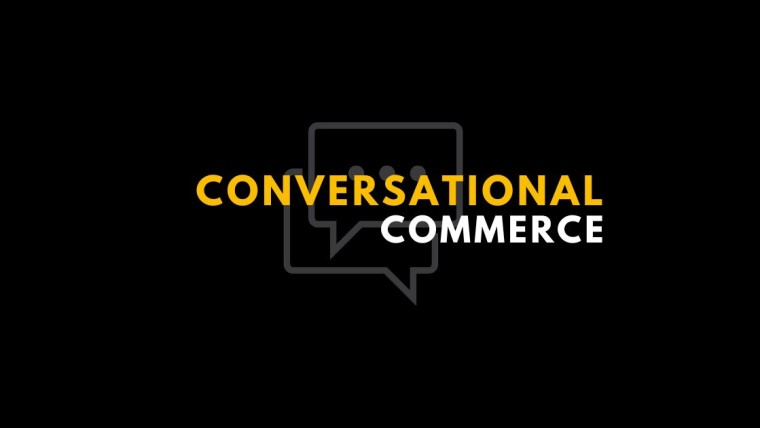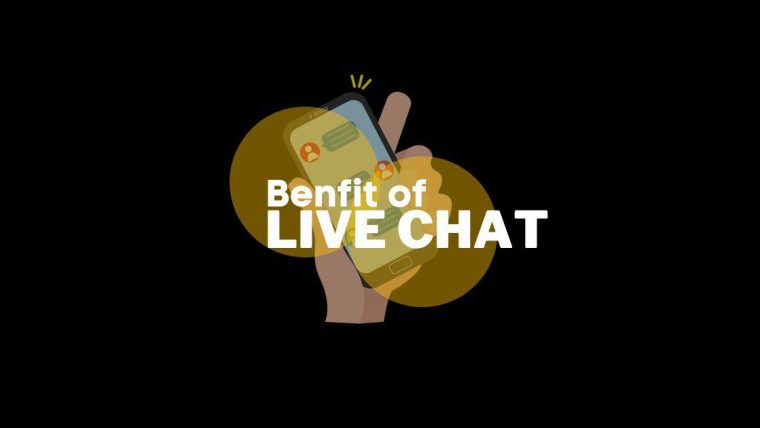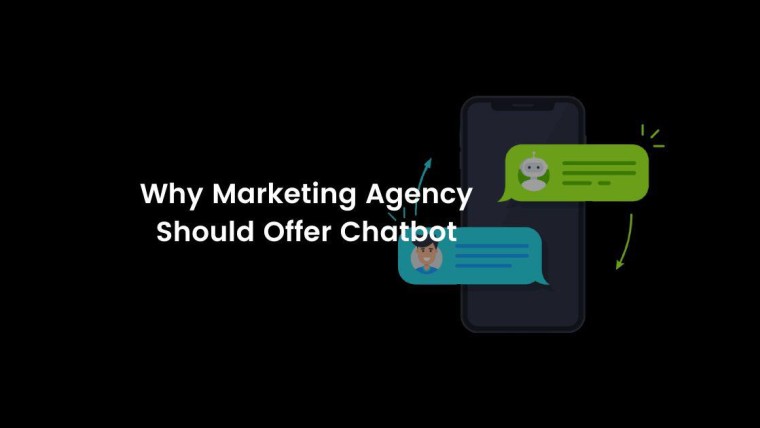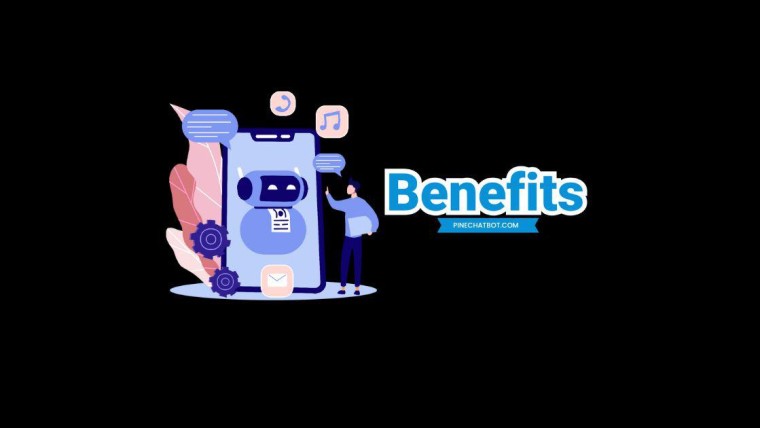A publisher makes a lot of books with a mistake. A truck driver unloads the wrong things. A chef made mistakes with salt and sugar. These mistakes take a lot of time to fix. But chatbot builders have it easy because most common chatbot mistakes are easy to avoid or fix.

So, here are five things to keep in mind if you want to build a bot for Messenger. You’ll be able to provide the best experience for your customers if you can avoid these common chatbot mistakes.
What’s in it:
- Lack of planning
- Preventing user errors
- Monologuing
- Not have an easy unsubscribe link
- Chatbots, tools to be treated with caution
- Conclusion
- FAQs
Lack of planning
To build a house, you need to know what it is for. It could be for kids to play in, or for tools. You can design a blueprint of the house before you start building it. If you just started nailing boards together without designing the house, then it would not work well and may not be good at all.
When you are creating your chatbot, it is important to have a plan. If you don’t, then the flow of the chatbot might be confusing and it will not achieve your desired goal. To avoid these common chatbot mistakes, make sure that when you are creating your bot that you choose its purpose first. You should make sure that it will help both the user and your business.
Let’s say you have a lot of customer questions in your Messenger inbox. You can’t just create a basic bot that links to your website’s FAQ page. Instead, make an engaging chat experience to answer common questions one at a time. That way, people will get their questions answered and they will trust you more because you put them first before the business benefits.
To design your chatbot on Messenger, start by dragging and dropping blocks that show what you want to do. Then test it. You can change it if you need to.
- Identify any parts of the sentence that do not make sense.
- Design a bot that does your job in the simplest way possible. It is best to not have extra steps.
Preventing user errors
Imagine you go to a fancy restaurant. The waiter greets you and takes your order. After that, he never comes back. To get the rest of your meal, you should ask around to find him so that you can order your entrée. Most people in this situation would leave the restaurant because they would be frustrated and not know what is going on.
You don’t want to make your chatbot users confused. You want the user to have a good experience and be able to get help if they need it. If the user has to work too hard, then they might leave.
One of the most important rules for building a good chatbot is not to leave dead ends. Dead ends are places in your chatbot’s flow where there is no obvious next step for the user to take. It’s like when you say, “How are you?” and they answer only, “Fine.” You’re not sure how to continue and so you might just stop talking or change the subject. To avoid these common chatbot mistakes:
- Make the next step clear. Give people a way to take the next step with buttons, galleries, or Save User Input plugins. This applies even to the last card in your flow! Consider adding a button that takes users to more information if they need it.
- When your bot does something new, you may want to help the first-time users by telling them what buttons to tap. You can also pre-fill the choices for them so that they don’t need to type anything. For example, Tap one of the below buttons usually works well.
- Create a menu that is always there. If someone asks your bot for help, they can type “main menu” anytime to come back to the main menu. Or you can also set up a persistent menu at the bottom of the chat window with shortcuts to different parts of your bot. But remember: You should never leave any dead ends in the flow—even if you set up one of these menus.
Monologuing
People may not notice if you walk away. Most people have been in this situation before. They will keep talking and talk to themselves without hearing or caring what others think. It is like they are talking to themselves instead of listening to the other person.
Conversational marketing needs a proper conversation. If the chatbot talks too much without talking to the user, they will feel disconnected and unimportant.
A conversation is when you talk and someone else talks back to you. When people just talk and no one talks back, it is not a conversation. You need to have both of those things so it will work better.
Chatbots don’t allow you to engage with people, and they look weird when they show up on the screen. Keep big blocks of text for your blog or landing page. Instead, the text in your chatbot should:
- It is important to be concise and write in short, understandable chunks.
- Make your message engaging. You could use GIFs, pictures, and emoji to do so.
- In between segments, give people a chance to do other things. Give them different ways to interact with the content.
A chatbot conversation needs to feel like a friend is texting you. If the chatbot feels like a robot, then it loses its power and becomes boring.
Not have an easy unsubscribe link
This is a mistake that goes against the best practices of Messenger bots. But it also violates the policies of Facebook, so you should avoid this error. If you don’t do this, some users will decide your bot isn’t for them. When they do that, you need to make it easy for them to unsubscribe from future messages.
- Become frustrated or annoyed, which will make people think bad of your company.
- Report your bot or page to Facebook when this happens. If they do it too often, Facebook may restrict them.
Chatbots, tools to be treated with caution
A chatbot is a tool that can do things without you. You may need to set it up, but then it can do tasks on its own. If you never check-in, then you will miss opportunities to improve the chatbot and make it more useful for people.

You should check on your bot’s performance once or twice a week. This is good when you have just launched it, or if you have made big changes. You can do this by looking for:
- You can use tools to get new users. For example, if you are not happy with how your click-to-Messenger ads are working, try using Segment Sync to create a look a like audience. You can also use the Click-to-Messenger Ads Entry Point to connect the ads to a different card.
- If you have a chatbot, talk to your team. They might have received questions or complaints from people that use the chatbot, so you should know about it. Or if you have a chatbot that asks users for feedback themselves, read those responses regularly because they might give you some information about what is going wrong.
Conclusion
Chatbots are an emerging technology that has the potential to dramatically impact our lives. As it stands, common chatbot mistakes can lead to a poor user experience and lost customers. If you’re looking for help building your own chatbot or want to avoid some of these common pitfalls, please get in touch with us at [email protected].
FAQs
There are several reasons that lead to the failure of chatbots. For example, human language is very complex and ambiguous which can lead to issues in bot understanding. Another problem is context – it’s quite difficult for a bot to carry on long conversations without losing track of previous lines or having gaps in its knowledge base. And final problem is not being able to keep up with new trends in the vernacular.
A chatbot solves problems that people cannot deal with efficiently. Imagine a customer service phone line where the delays cost the company money or inefficiencies that need to be dealt with quickly. Chatbots can take urgent matters into their own hands, schedule meetings, respond to customer inquiries, take orders for products and services, find information on someone’s account without human help.
There are two primary limitations of chatbots. The first is the cognitive limitation; artificial intelligence is not yet capable of thinking at human levels, and no machine has reached the level of intelligence necessary to be considered AI (artificial intelligence). The second limitation is programming; there are multiple languages used to make chatbots, each with their quirks and shortfalls.
Conversational marketing is the idea that interactions with a company should be more like normal human conversations, and less like traditional marketing. Companies are realizing the importance of content. The content you create for your customers must not only look good on paper or an online screen, it needs to feel accessible and humanistic so people want to engage with it.
It’s important to be mindful of your chatbot mistakes before they result in your customers leaving you. You must check for all typos or spelling errors, and become conversant with what a customer may want while using the chatbot. Remember to ask for consent from the customer while going through the bot’s features, and always make an exit option a click away.







